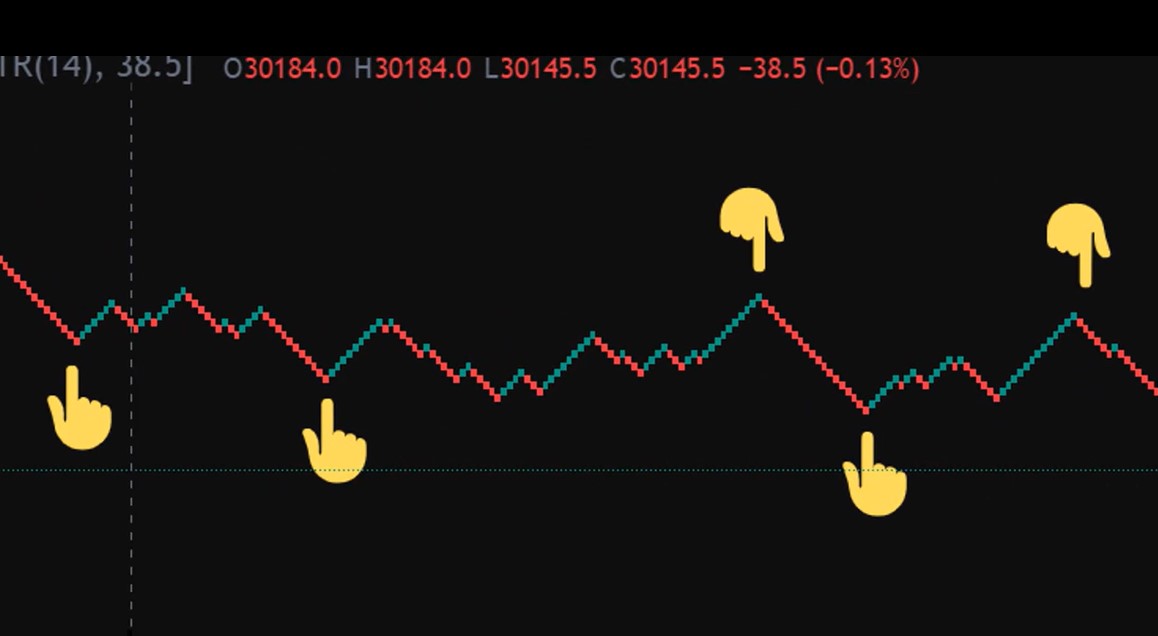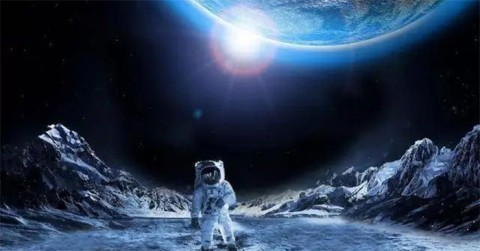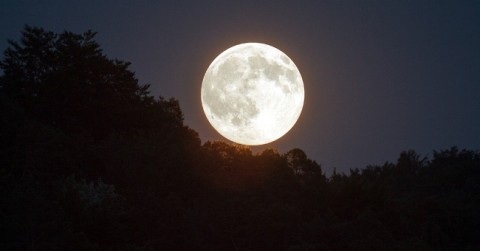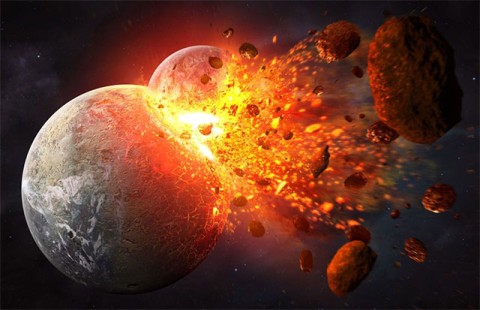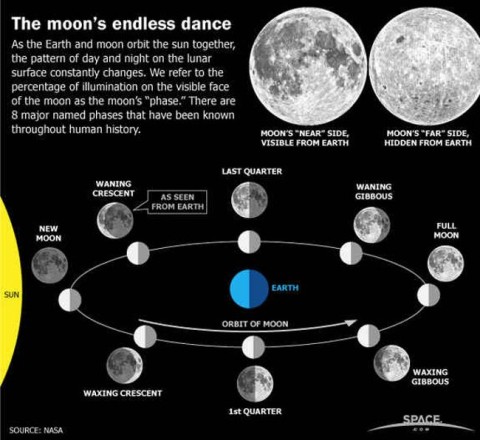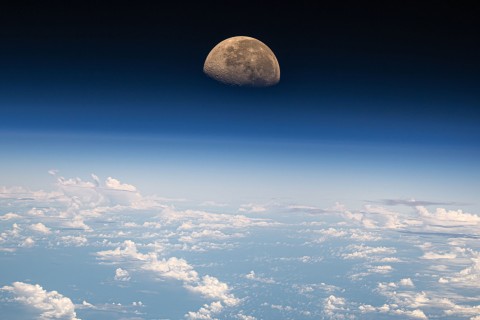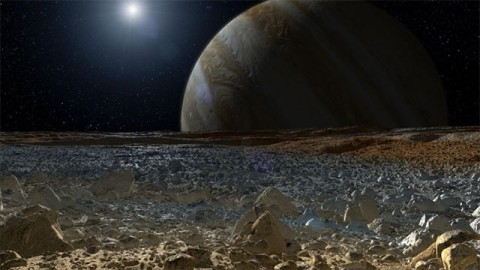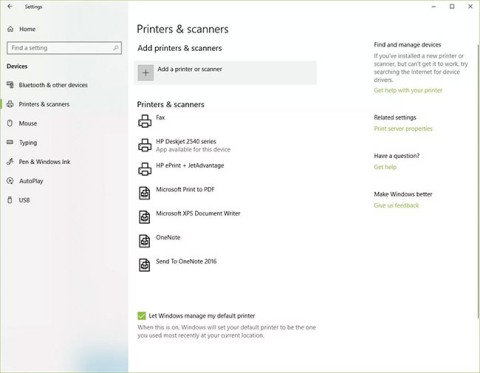Exoplanets are planets located outside the Solar System. Basically, exoplanets belong to a planetary system but follow the orbit of a star, black hole, remnant or another planet instead of following the orbit of the Sun. Therefore, they contain countless strange characteristics and properties that are considered valuable knowledge stores for astronomy researchers.
There are countless exoplanets out there, and of course many of them also host their own moons, called exosatellites. But because these moons are so small and dim compared to their host planets and stars, no in-depth confirmed detection of an exosatellite has ever been made. However, scientists have recently discovered evidence of one particular exosatellite that could be a literal hellscape compared to the conditions we find on Earth.
The moon is thought to be orbiting WASP-49 b, a gas giant more than 600 light-years from Earth that orbits its star so closely that a year lasts just 2.8 days. Evidence of the moon comes in the form of a sodium cloud that appears to move slightly differently than its host planet, a feature that suggests some of its unusual properties.
The presence of sodium is similar to what is seen on Jupiter’s moon Io, which is covered in hundreds of volcanoes and is the most volcanically active planet in the solar system. These volcanoes constantly erupt, spewing out a mixture of sulfur dioxide, sodium, potassium, and other gases. This mixture can rise hundreds of miles into the air, forming giant clouds that are even larger than Jupiter.
When researchers used the Very Large Telescope to observe the WASP-49 system, they found a similar-looking sulfur cloud, which is why scientists think there might be a volcanic moon there. Additionally, the cloud appears to be “moving in the opposite direction to what physics tells us it should be moving in if it were part of the planet’s atmosphere.”
Another piece of evidence for the existence of this volcanic moon is that although it and its host star both carry some sodium, it is not enough to explain the enormous size of the sulfur cloud.
“ There is something other than the planet and the star that is creating this cloud ,” said researcher Rosaly Lopes of NASA's Jet Propulsion Laboratory. “ The discovery of this planet is quite extraordinary, and it shows us that an extrasolar planet with volcanoes is entirely possible .”
The dramatic nature of this moon, however, will be its destruction. In Io’s case, it is internally heated by Jupiter’s enormous gravity, which fuels the planet’s volcanoes. But this extrasolar moon is shedding so much material and is under such intense gravitational pressure that researchers believe it will eventually disintegrate for good.

